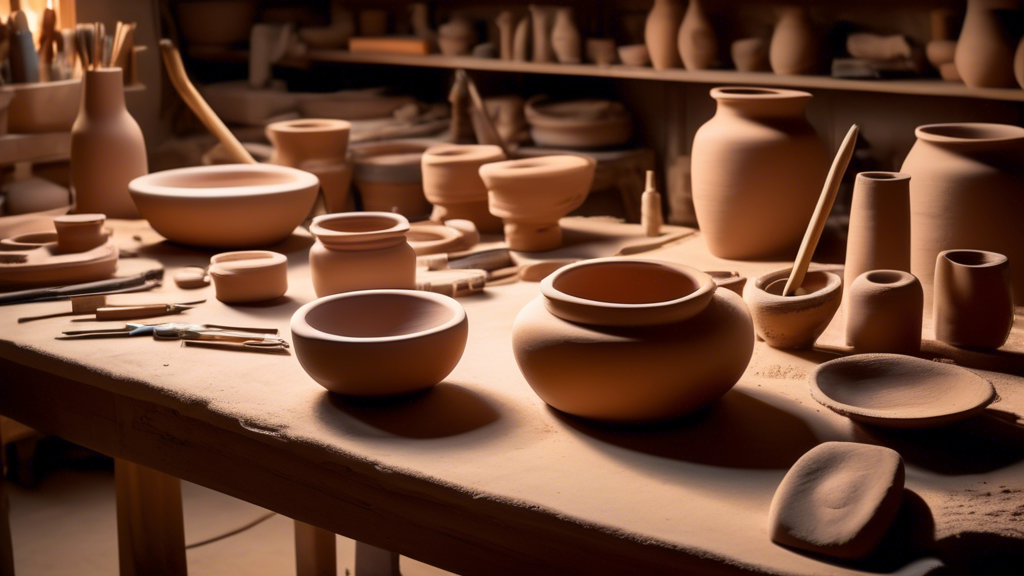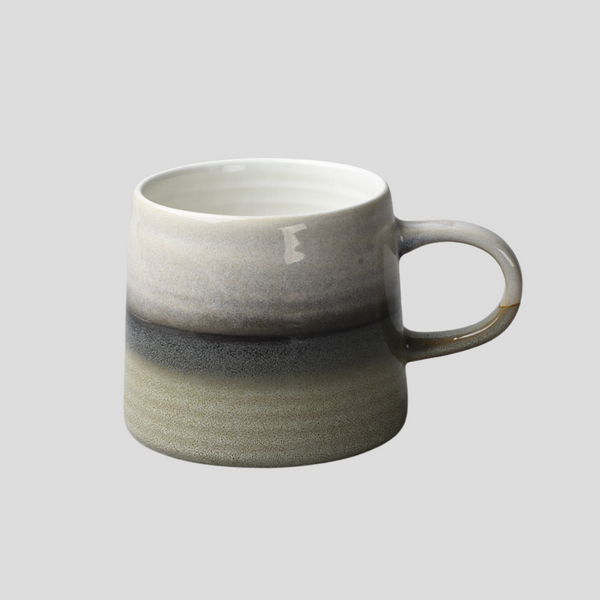
Essential Tools for Slab Technique in Pottery
Introduction to Slab Technique in Pottery
The slab technique in pottery is a popular method used by ceramic artists to create various objects, from simple plates and bowls to complex sculptural forms. This technique involves rolling out clay into flat slabs and then shaping and joining them to form a three-dimensional structure. It's appreciated for its versatility and accessibility, offering artists the ability to create both symmetric and asymmetric items with a range of textures and designs. To effectively work with this method, certain tools are indispensable for crafting high-quality, aesthetically pleasing pottery pieces. Let’s explore the essential tools needed for the slab technique in pottery.
Rolling Pins or Slab Rollers
At the very heart of the slab technique is the need to create uniformly thick slabs of clay. Rolling pins, specifically designed for clay work, or mechanized slab rollers are essential for this task. While a rolling pin can suffice for smaller projects, a slab roller can significantly streamline the process, especially for larger or more frequent works, ensuring consistent thickness and saving manual effort.
Ribs and Rubber Scrapers
Ribs, made from materials like wood, metal, or silicone, and rubber scrapers are invaluable in smoothing and compressing the clay surface. This process not only refines the texture of the slabs but also strengthens them by aligning the clay particles. Ribs can also be used to add decorative textures or to shape and contour slabs around or into molds.
Wire Clay Cutter
A wire clay cutter is a simple yet essential tool for slicing through large blocks of clay with ease. This tool is especially helpful before the rolling process begins, allowing potters to cut even pieces from their clay blocks to roll out into slabs.
Texture Tools
Part of the appeal of slab-built pottery is the ability to incorporate interesting textures into the design. Tools for texturing can range from commercially available stamps and rollers to homemade or found objects like lace, leaves, or carved wood blocks. Pressing these items into the clay surface can imprint unique patterns, adding a personalized touch to the work.
Needle Tools and Fettling Knives
Precision is key in cutting and shaping clay slabs, and that’s where needle tools and fettling knives come into play. A needle tool is perfect for scoring the clay where two edges will join, while a fettling knife, with its fine blade, is ideal for cutting the slab into desired shapes cleanly and accurately.
Slump and Hump Molds
Molds are an integral part of the slab technique for many potters, enabling them to achieve uniform shapes and forms. Slump molds allow the clay to be laid inside the form, while hump molds work by placing the clay slab over the mold. These can be purchased or DIY-ed from various materials and are essential for creating consistent results, especially in functional ware like plates and bowls.
Canvas or Cloth
When rolling out clay, it's beneficial to work on a surface that will prevent sticking and allow for easy movement of the slab. Canvas or heavy cloth creates an ideal surface, absorbing some of the clay's moisture and thereby making the slab easier to handle.
Conclusion
Mastering the slab technique in pottery opens up a world of creative possibilities for ceramic artists. While the artist’s skill and creativity are paramount, having the right set of tools can significantly affect the quality and efficiency of the work. From rolling pins to texture tools, each plays a crucial role in transforming a block of clay into a piece of art. Whether you are a beginner or an experienced potter, investing in these essential tools will help you refine your slab-building projects and bring your clay creations to life.
Check out our 5-star rated DIY-toolkit here!
















































